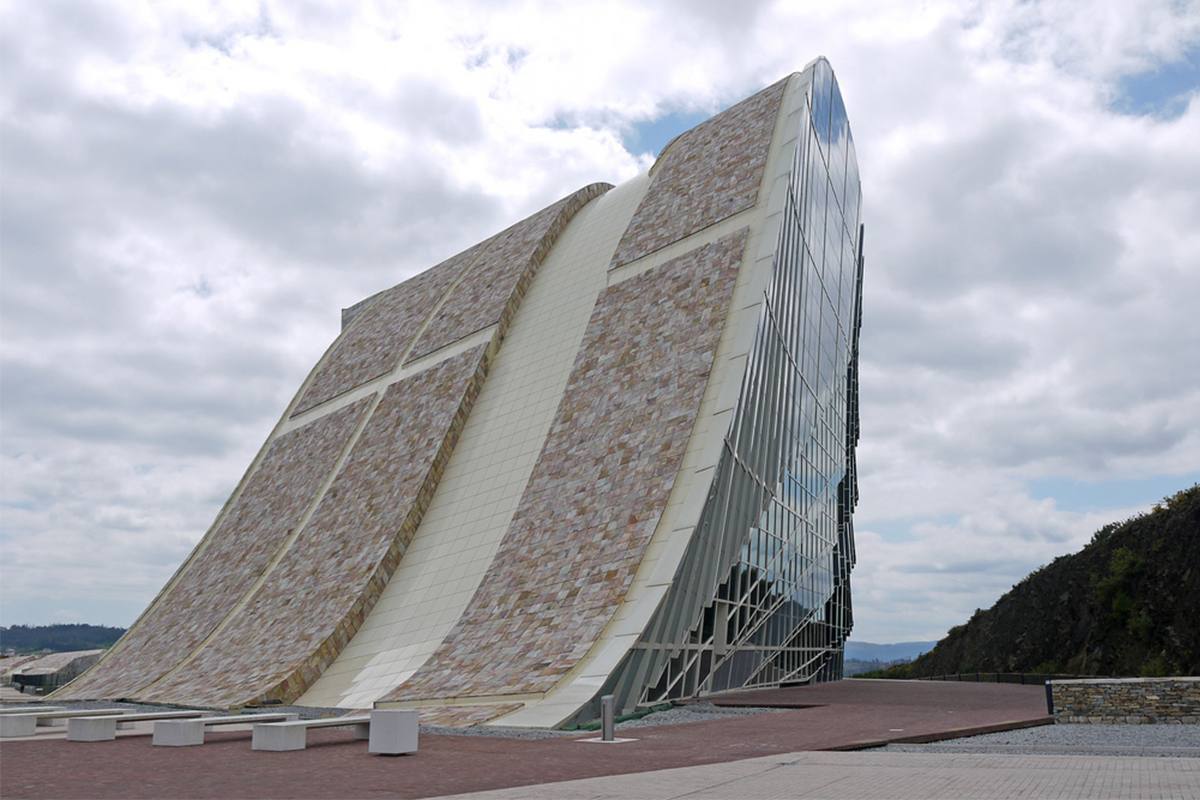
Deconstruction is a term that often pops up in discussions about literature, philosophy, and even architecture. But what exactly does it mean? Deconstruction is a method of critical analysis of texts developed by the French philosopher Jacques Derrida. It challenges traditional assumptions about certainty, identity, and truth, suggesting that meanings are not fixed but rather fluid and open to interpretation. This approach has influenced various fields, from literary criticism to cultural studies. Whether you're a student, a curious reader, or someone interested in philosophy, understanding deconstruction can offer new ways to think about texts and ideas. Ready to dive into 25 intriguing facts about deconstruction? Let's get started!
What is Deconstruction?
Deconstruction is a philosophical theory and method of literary analysis that questions and breaks down traditional concepts and structures. It was developed by French philosopher Jacques Derrida in the 1960s. Let's dive into some fascinating facts about deconstruction.
-
Origin: Deconstruction originated in France during the 1960s, primarily through the work of Jacques Derrida.
-
Philosophical Roots: It draws heavily from the works of German philosopher Martin Heidegger and Swiss linguist Ferdinand de Saussure.
-
Language Focus: Deconstruction emphasizes the instability of language, suggesting that words do not have fixed meanings.
-
Textual Analysis: It involves close reading of texts to uncover hidden meanings and contradictions.
-
Binary Oppositions: Deconstruction often targets binary oppositions (e.g., good/evil, male/female) to show how they are interdependent and unstable.
Key Figures in Deconstruction
Several scholars have contributed to the development and spread of deconstruction. Here are some key figures.
-
Jacques Derrida: The founder of deconstruction, Derrida's works like "Of Grammatology" are seminal texts in this field.
-
Paul de Man: A Belgian-born literary critic who applied deconstruction to literary theory.
-
Geoffrey Hartman: An American literary critic who integrated deconstruction with Romantic literature.
-
J. Hillis Miller: Another American critic who used deconstruction to analyze Victorian literature.
-
Gayatri Chakravorty Spivak: An Indian scholar who combined deconstruction with postcolonial theory.
Deconstruction in Literature
Deconstruction has had a significant impact on literary studies. Here are some ways it has influenced literature.
-
Textual Ambiguity: Deconstruction highlights the ambiguous nature of texts, suggesting multiple interpretations.
-
Authorial Intent: It questions the importance of the author's intent, focusing instead on the text itself.
-
Intertextuality: Deconstruction emphasizes the interconnectedness of texts, showing how they reference and influence each other.
-
Reader's Role: It elevates the role of the reader in creating meaning, rather than seeing the text as a fixed entity.
-
Critique of Canon: Deconstruction challenges the traditional literary canon, advocating for the inclusion of marginalized voices.
Deconstruction in Other Fields
Deconstruction isn't limited to literature; it has influenced various other fields as well.
-
Architecture: Deconstructivist architecture, characterized by fragmented forms and non-linear processes, draws inspiration from deconstruction.
-
Law: Legal scholars use deconstruction to analyze and critique legal texts and concepts.
-
Film: Filmmakers employ deconstructive techniques to challenge traditional narratives and structures.
-
Art: Contemporary artists use deconstruction to question and subvert traditional artistic conventions.
-
Cultural Studies: Deconstruction helps analyze cultural texts and practices, revealing underlying power dynamics.
Criticisms of Deconstruction
Despite its influence, deconstruction has faced significant criticism. Here are some common critiques.
-
Obscurity: Critics argue that deconstruction is overly complex and difficult to understand.
-
Relativism: Some claim it leads to relativism, where no interpretation is more valid than another.
-
Destructiveness: It is often accused of being purely negative, tearing down ideas without offering alternatives.
-
Political Neutrality: Critics say deconstruction lacks a clear political stance, making it less useful for social change.
-
Misinterpretation: Many believe deconstruction is frequently misunderstood and misapplied, leading to confusion and misrepresentation.
Final Thoughts on Deconstructivism
Deconstructivism isn't just a style; it's a statement. It challenges norms, breaks boundaries, and redefines what architecture can be. From its roots in the 1980s to its influence on modern design, this movement has left an indelible mark. Architects like Frank Gehry and Zaha Hadid have pushed the envelope, creating structures that are as much art as they are buildings.
Understanding deconstructivism helps us appreciate the creativity and innovation behind some of the world's most iconic structures. It's a reminder that architecture isn't static; it's ever-evolving, reflecting the complexities and contradictions of our time. Whether you're an architecture enthusiast or just curious, diving into deconstructivism offers a fresh perspective on the built environment. So next time you see a building that seems to defy logic, remember—it might just be a masterpiece of deconstructivist design.
Was this page helpful?
Our commitment to delivering trustworthy and engaging content is at the heart of what we do. Each fact on our site is contributed by real users like you, bringing a wealth of diverse insights and information. To ensure the highest standards of accuracy and reliability, our dedicated editors meticulously review each submission. This process guarantees that the facts we share are not only fascinating but also credible. Trust in our commitment to quality and authenticity as you explore and learn with us.
